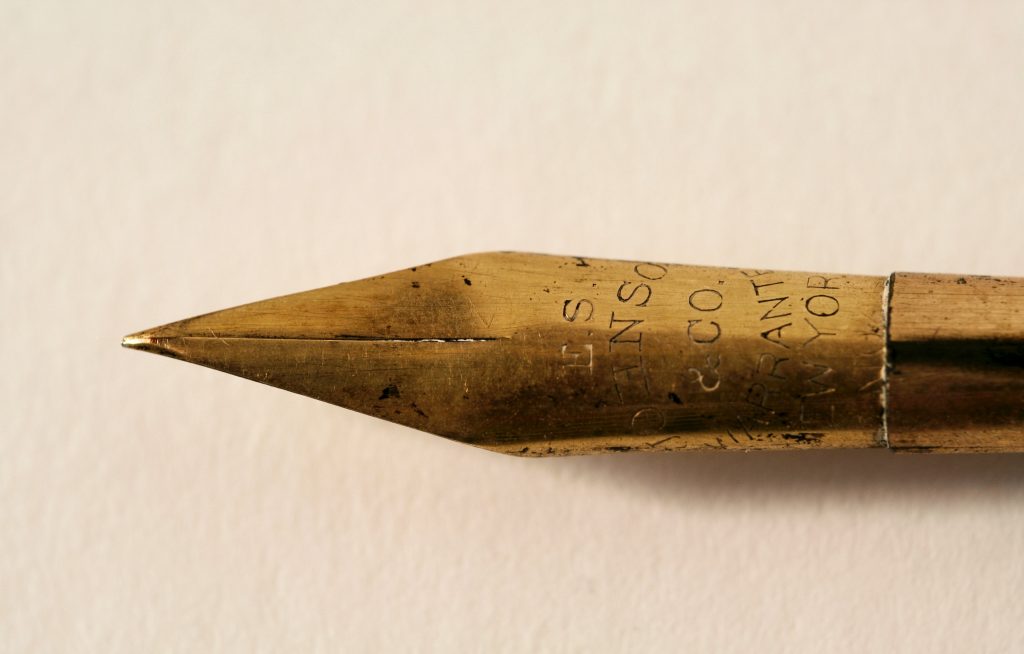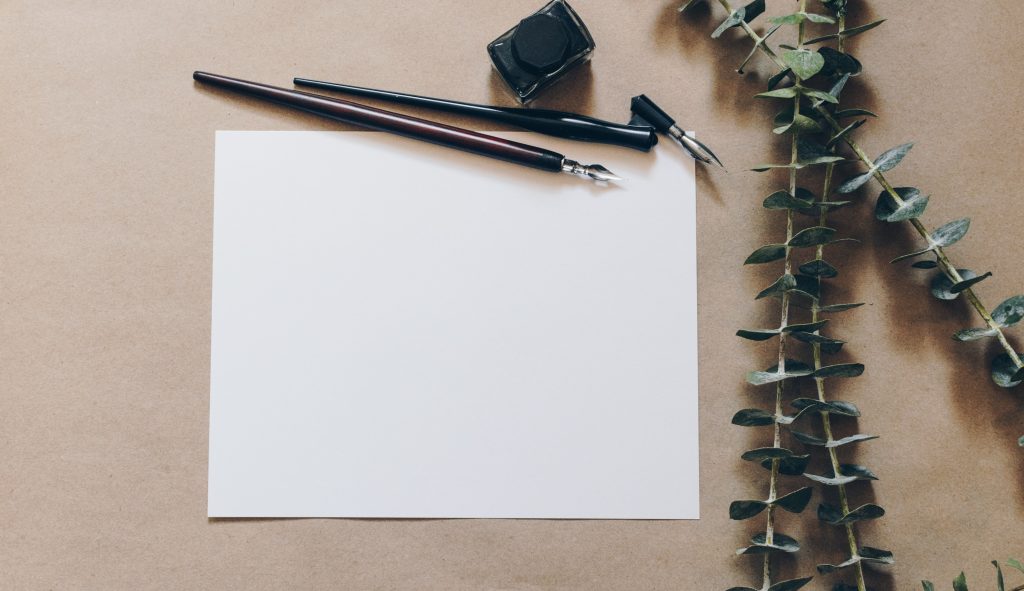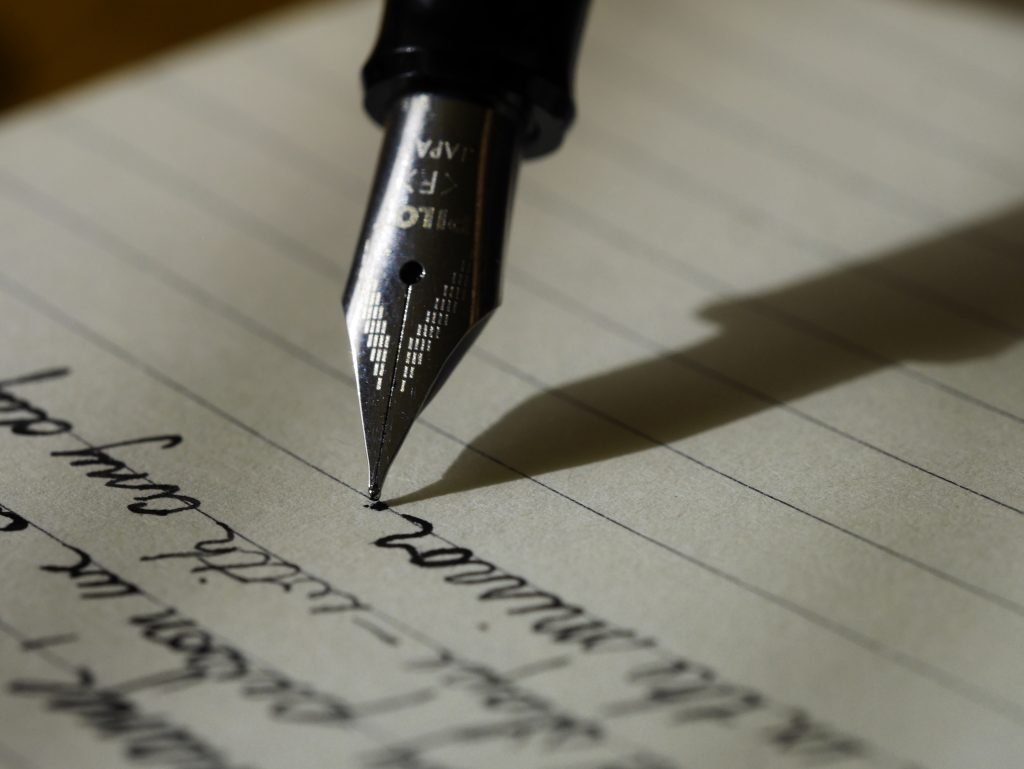A fountain pen is a writing instrument that uses a nib to apply ink to paper. Unlike a ballpoint pen, which relies on a small rolling ball to dispense ink, a fountain pen uses a system of ink flow controlled by the nib and a refillable reservoir. The nib of a fountain pen is typically made of metal, and it is designed to provide a smooth, consistent flow of ink, resulting in a more pleasant writing experience than with other types of pens
In this article, I will discuss the fountain nib pen sizes, how it affects your writing skills, and the importance of selecting the ink for the fountain nib pens.
Fountain Pen Nib Sizes
Fountain pen nibs come in a variety of sizes, each with its own unique characteristics and uses. Here is an overview of some of the most common nib sizes:

Extra Fine (EF) nibs: These nibs produce a very thin, precise line, making them well-suited for detailed drawing, fine writing, and small handwriting.
Fine (F) nibs: Fine nibs are slightly wider than EF nibs, producing a fine, consistent line that is suitable for everyday writing tasks.
Medium (M) nibs: Medium nibs produce a slightly wider line than fine nibs, making them a good choice for everyday writing and note-taking.
Broad (B) nibs: Broad nibs produce a wider line than medium nibs, making them ideal for bold, expressive writing or for highlighting and underlining.
Double Broad (BB) nibs: These nibs produce an even wider line than broad nibs, making them a good choice for calligraphy and decorative writing.
Oblique nibs: These nibs have a slanted tip that produces a diagonal line, making them a good choice for left-handed writers or for creating italic or cursive writing styles.
Stub nibs: These nibs have a flat tip that produces a thick downstroke and a thin upstroke, making them ideal for creating calligraphy and decorative writing.
Flex nibs: These nibs have a flexible tip that can be pressed down to produce a wider line, making them a good choice for creating expressive writing styles.
Music nibs: These nibs have three tines that produce a wide, flat line, making them ideal for creating musical notation or calligraphy.
Zoom nibs: These nibs can produce a range of line widths depending on the angle of the pen, making them a versatile choice for a variety of writing styles.
Choosing the Right Nib Size
Choosing the right nib size for a fountain pen is an important decision that can greatly affect the writing experience. Here are some factors to consider when choosing a nib size:

Writing style and pressure: The nib size should be chosen based on the writer’s style and the pressure they typically use when writing. Those who write with a light touch may prefer a finer nib, while those who write with a heavier hand may prefer a broader nib.
Paper quality: The type and quality of paper being used can also affect the choice of nib size. Coarser or more absorbent paper may require a broader nib to produce a clear line, while the smoother or more coated paper may allow for finer nibs.
Ink selection: The type of ink being used can also affect the choice of nib size. Inks with a higher viscosity may require a broader nib to ensure consistent ink flow, while inks with a lower viscosity may work well with finer nibs.
Personal preference: Ultimately, the choice of nib size is a matter of personal preference. It is important to experiment with different nib sizes to find the one that feels most comfortable and produces the desired writing style.
Special Features of Fountain Pen Nibs
Fountain pen nibs can have a variety of special features that affect their performance and customization options. Here are some of the most common special features of fountain pen nibs:

Nib materials: Nibs can be made from a variety of materials, including gold, steel, titanium, and palladium. Each material has its own unique characteristics, such as flexibility and durability, that can affect the writing experience.
Nib customization: Some fountain pen manufacturers offer custom nib options that allow the writer to choose the nib size, material, and shape to fit their specific preferences and writing style.
Nib grinds and modifications: Nib grinds, also known as nib shaping, can modify the shape of the nib to create different writing styles, such as stub or italic. Modifications can also be made to the nib to adjust the flow of ink or improve its performance.
Nib swapping and compatibility: Some fountain pens allow for the swapping of nibs between different pens, while others are designed to only accept specific nibs. It is important to ensure compatibility before attempting to swap nibs.
FAQs
What is the best fountain pen nib size?
There is no one “best” fountain pen nib size, as the choice largely depends on personal preference and the intended use of the pen. Factors such as writing style, paper quality, and ink selection can also affect the choice of nib size.
What is EF and F nib size?
EF and F are both common fountain pen nib sizes. EF stands for Extra Fine and is typically the thinnest nib size available, producing a very fine line. F stands for Fine and is slightly wider than an EF nib, producing a slightly thicker line. Both EF and F nibs are often used for everyday writing and note-taking.
What is the difference between nib sizes?
Fountain pen nibs come in a variety of sizes, from extra fine to double broad, with oblique, stub, flex, music, and zoom nibs also available. The size of the nib determines the thickness of the line it produces when writing. Finer nibs produce thinner lines, while broader nibs produce thicker lines.
What is the smoothest nib size?
It is difficult to determine the smoothest nib size as it ultimately depends on personal preference and the specific pen and ink combination being used
What is the best nib size for beginners?
The best nib size for beginners depends on personal preference, writing style, paper quality, and ink selection. However, in general, a medium nib is a good starting point for beginners.